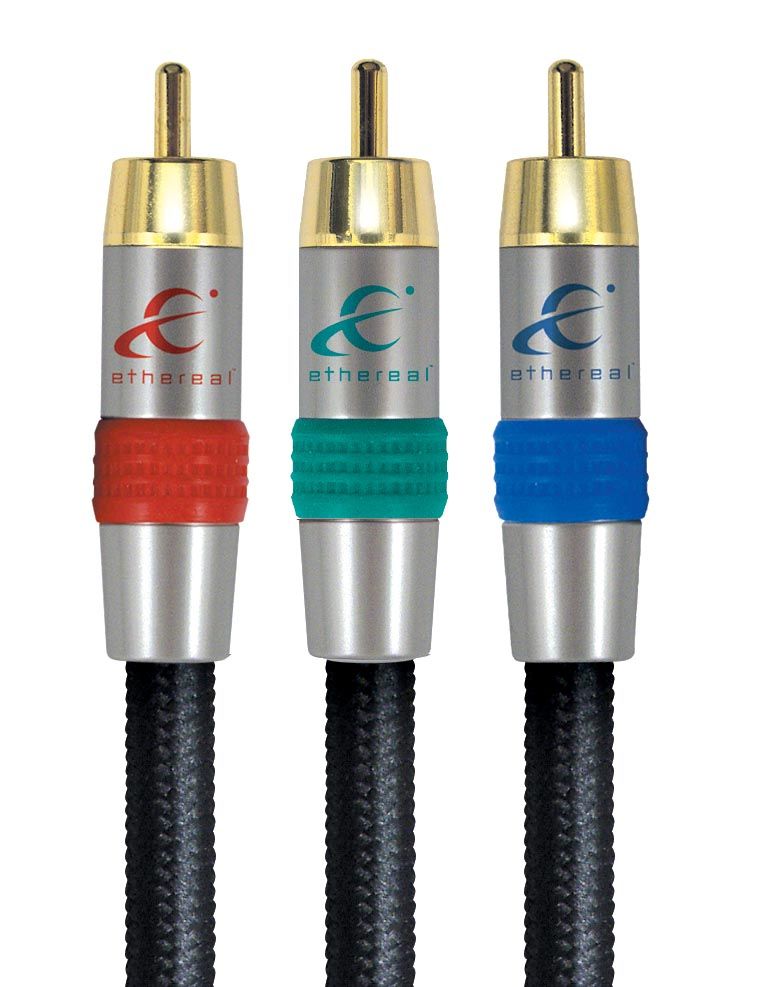Publication
Article
MDNG Psychiatry
TechSectors: Hardware - HDTV Defined
You're an MD. You dig tech. You dig HDTV and want to get a new tube, but you already deal with enough complex terms in your practice, so you just don't have the time to deal with 3,000 more...
480p: Also known as “Enhanced Definition” or “ED,” it is the video display resolution of your standard DVD. The “p” stands for progressive scan, which means that each video frame is transmitted as a whole in a single sweep, rather than interlaced (“i”), which is two sweeps. A standard television is 480i.
720p: The video resolution that is considered the standard for HDTV (high-definition television) broadcasts. It is 720 lines in progressive format.
1080i: Another mainstream HDTV format, 1080i outputs 1,080 lines of vertical resolution in an interlaced format. Many people would not see a big difference between a 720p and a 1080i broadcast.
1080p: A high-definition video format with resolution of 1920 x 1080 pixels. The main advantage of 1080p TVs is that they can display all current high-definition formats without “downconverting,” which sacrifices some picture detail. The newest HD DVD and Blu-ray formats are 1080p, and now, a few TVs can accept this signal directly, so be sure to ask when buying.
Aspect Ratio: The ratio of width to height for an image or screen. A standard television is 4:3, but “widescreen” material like DVDs and HDTV broadcasts are 16:9.

Component Video: A three-jack connection (see image to the right) that splits the video signal into three parts, offering better picture quality than S-video or composite video. Use it when connecting compatible DVD players, satellite receivers, and cable set-top boxes. Most HD-capable televisions can accept component video signals up to 1080i.
Contrast Ratio: Measures the difference between the brightest whites and the darkest blacks a display can show. The rule? The higher, the better.
DLP™ (Digital Light Processing): A projection TV technology that uses an array of tiny swiveling mirrors on a chip to create an image. DLPs have incredible color reproduction and excellent contrast ratios (using the latest chips and color wheels) but can suffer from the “rainbow effect” (see below).
DVI (Digital Visual Interface): Slowly being phased out by HDMI connectors, DVI is a multi-pin connection intended to carry high-resolution video signals from video source components to HD-capable TVs with a compatible connector.
Flat-panel TV: Not to be confused with “microdisplays” or rear-projection TVs, flat panels are the super-thin, lightweight units that can be hung on your wall (usually in LCD or plasma format).
HD-Ready: If your TV has this, it can display HDTV formats, but it needs a separate HDTV tuner.
HDMI™ (High-Definition Multimedia Interface): The HDMI multi-pin interface (see image to the right) carries multi-channel audio and high-resolution video signals in one cable, allowing for a simple connection between source and display. Look for at least two HDMI inputs for your TV.
LCD (Liquid Crystal Display): Currently used in flat-panel, rear-projection, and front-projection TVs, LCDs use a florescent backlight to send light through their liquid crystal molecules and a polarizing substrate. LCDs provide good color reproduction, perfect sharpness at native resolution, and a bright picture, but they have problems producing deep blacks and can be expensive compared to other technologies.
LCoS (Liquid Crystal on Silicon): Like LCD technology, it is a projection display that combines liquid crystals, glass, and a highly reflective, mirror-like surface patterned with pixels sitting on top of a silicon chip. LCoS systems provide excellent color reproduction and contrast ratios but are very expensive since they are not widely accepted yet.
Microdisplay: A general term that usually refers to the rear-projection DLP, LCD, and LCoS technologies. These have replaced the old CRT “big-screen” televisions.
Plasma: Enabling thin, lightweight TVs that can be hung on the wall, ionized gas (plasma) emits high-frequency UV rays that stimulate the cells’ phosphors, causing them to glow, which creates the TV image. Plasmas are known for their excellent contrast ratios, black levels, color reproduction, life expectancy, and viewing angles.
Rainbow Effect: A visual artifact that sometimes occurs when viewers look away quickly from their single-chip DLP-based displays. The red, green, and blue on the color wheel are projected sequentially, rather than continuously.





